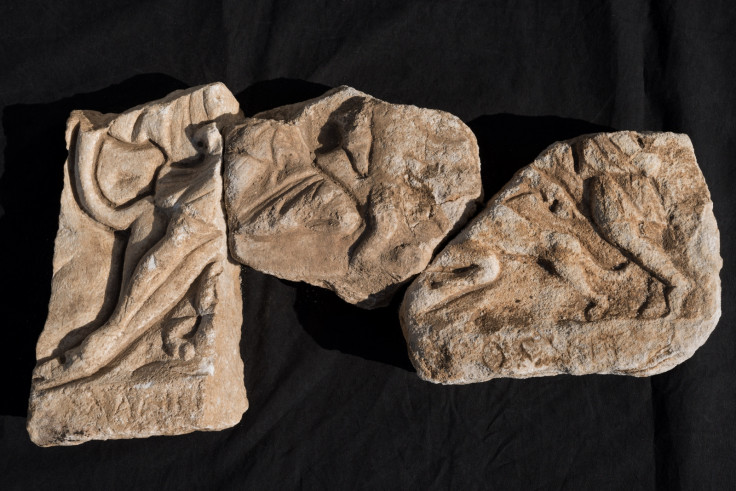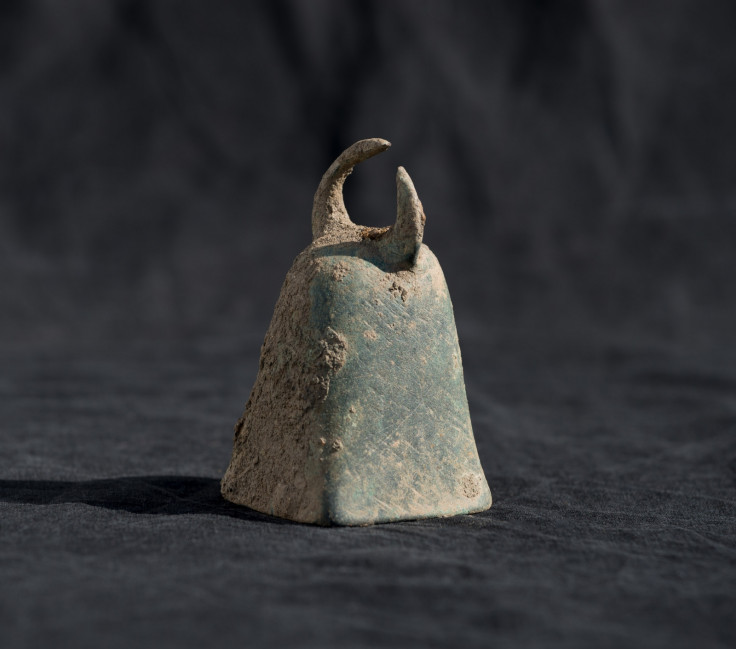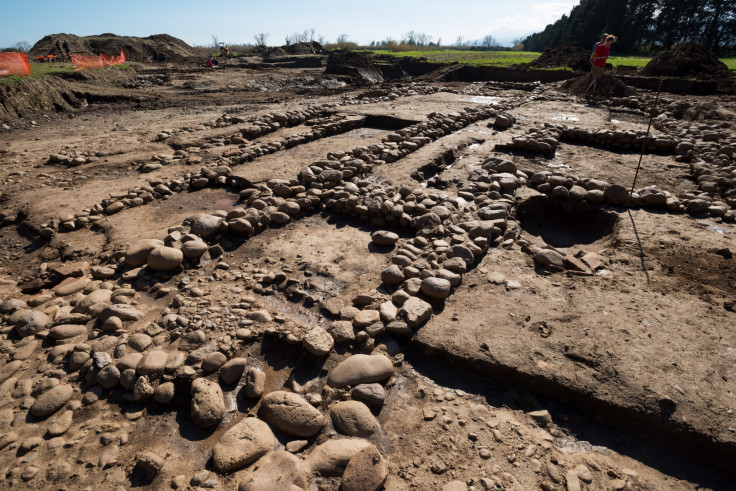Ancient sanctuary from obscure religion that competed with Christianity unearthed in Corsica
Dedicated to the god Mithra, it is the first ever discovered on the island.
A sanctuary dedicated to the god of an ancient and mysterious religion known as Mithraism has been discovered on the French island of Corsica for the first time. The structure was erected in the Roman city of Mariana, created around 100 BCE.
The local authorities were planning roadworks in the vicinity of this major site, so they called the French National Institute for Preventive Archaeological Research (INRAP) to conduct excavations and make sure that no significant archaeological remains would be standing in the way.
A team, led by archaeologist Philippe Chapon, started working in Mariana in November 2016. It is thought that this little Roman town was at its peak in the third and fourth century and that it derived its strength from its commercial harbour, a point of contact for maritime exchanges with the whole Mediterranean.
After months of work at the site, the archaeologists can now reveal that they have identified a worship room and its antechamber. They appear to have been part of a religious sanctuary dedicated the Indo-Iranian deity Mithra.
"This is a very rare and exciting find. It is the first time we find evidence that Mithraism was practised in Corsica. There are only a dozen similar sites known in all of France, the last one having been excavated near the city of Angers in 2010", Chapon told IBTimes UK.

He and his colleagues unearthed a number of relics, including three oil lamps, and three broken pieces of marble structure depicting a scene from the religion's mythology – the sacrifice of a bull by Mithra. On one of the pieces, the archaeologists have been able to make out a dog and a snake drinking the blood of the bull, while a scorpion pinches its testes.
Other artefacts, including a female head made of marble, bronze bells and pottery were also recovered.
Tensions with the Christians
Mithraism was probably introduced in the western world around the same time as Christianity, and ended up competing with it for followers. There is evidence that it was first brought to the Roman Empire by merchants from the East and Roman soldiers.

Very little is known about this primitive monotheist religion, because no written sources describing it exist. The vast majority of the knowledge that archaeologists have gathered over the years comes from examining sanctuaries dedicated to Mithra, the representations of rituals on the walls, and the relics left by worshippers.
The religion was probably open to men only, and it first started to spread within the elite before reaching all social groups.

Roman Emperor Theodosius I, who proclaimed Christianity the official religion of the Empire in 392, fought bitterly against Mithraism and forbad its practise. Some of the artefacts found in the Corsica sanctuary bear signs of damage which was sustained during antiquity. For instance, the altar has been broken.
Although it is not clear what caused this destruction, the archaeologists note that a large Christian structure was built for worshippers around 400 in Mariana. This is one of the earliest traces of Christianity on the island and it suggests that there might have been tensions between the two religions.
© Copyright IBTimes 2025. All rights reserved.






















